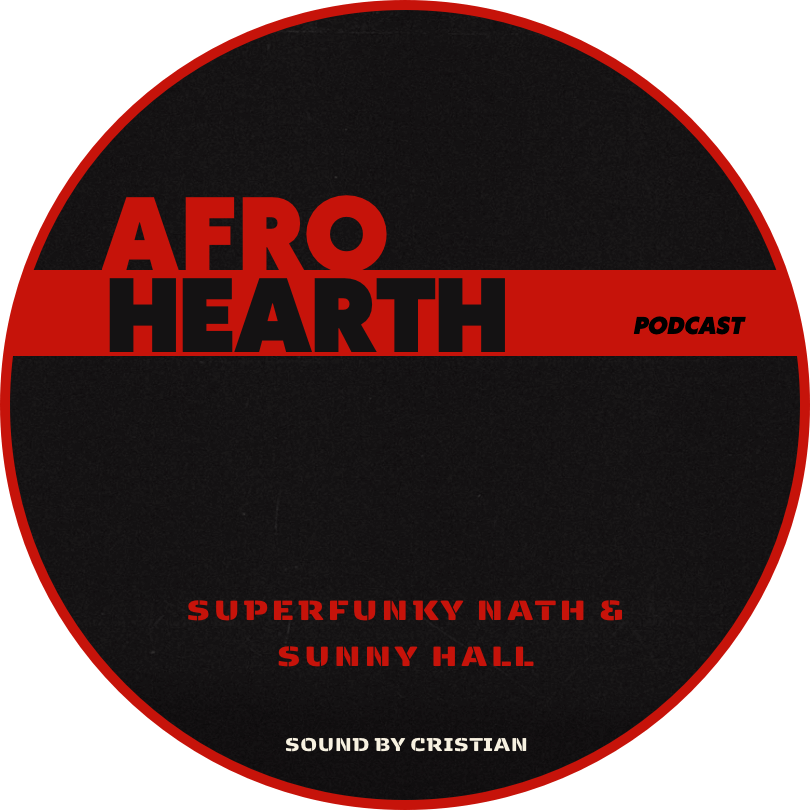

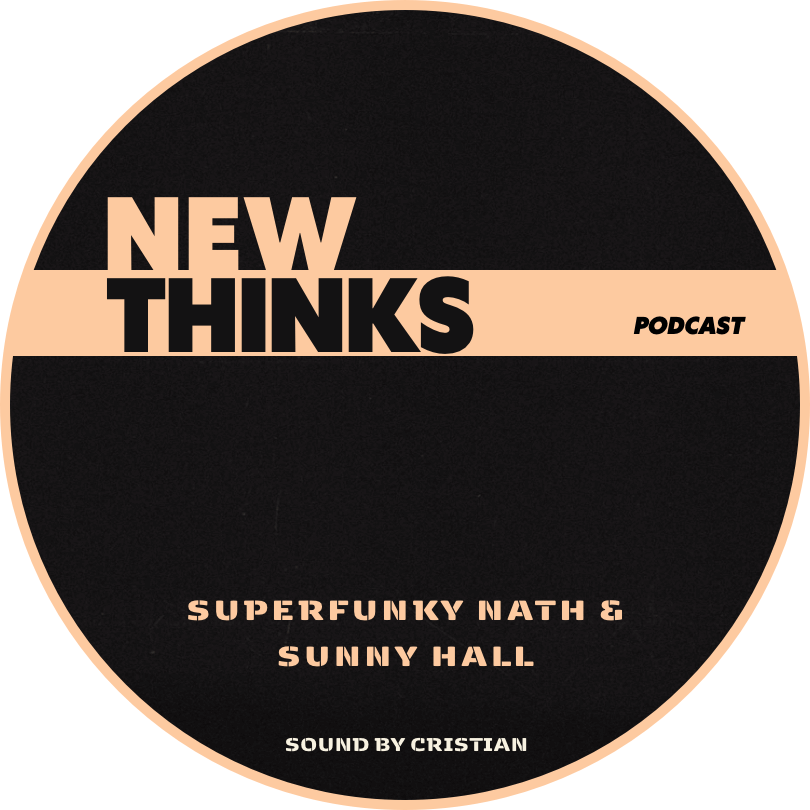
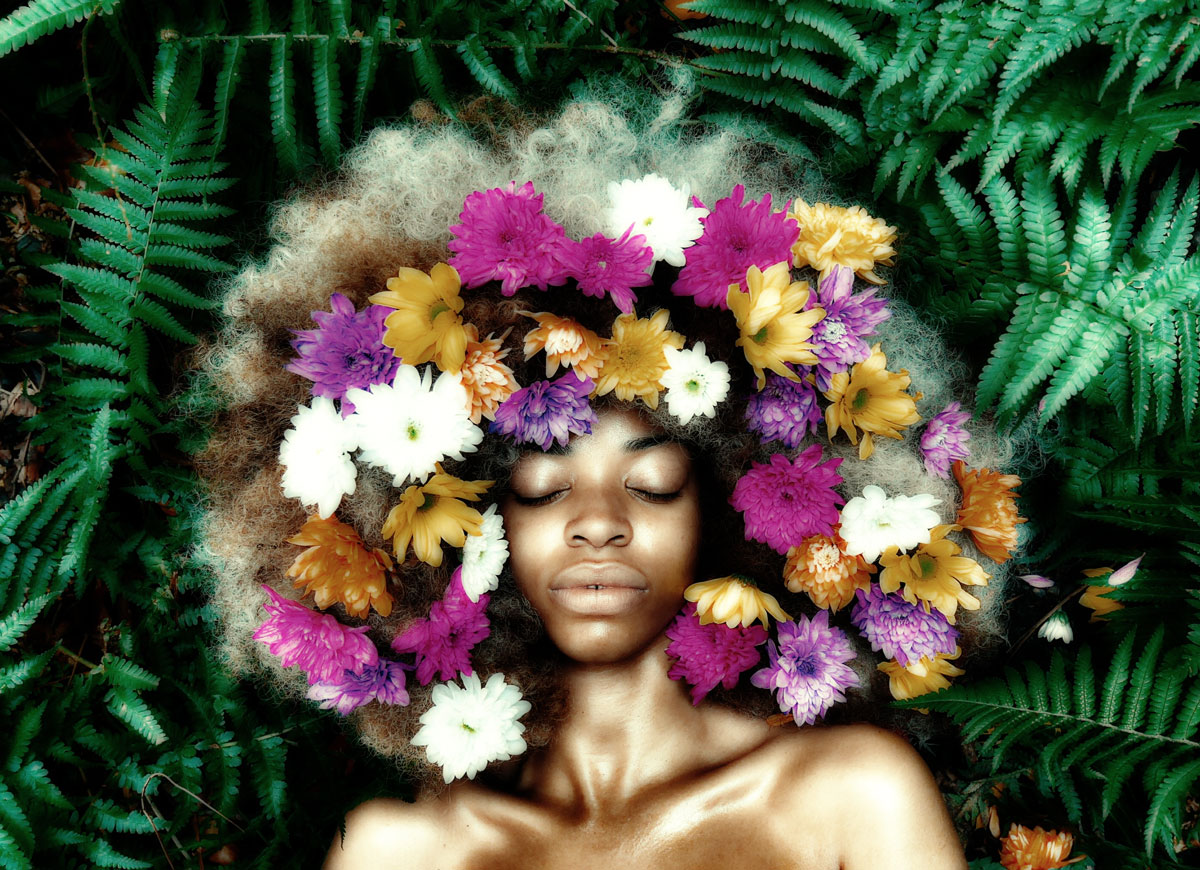
This is the introduction of a new chapter about body image and representation in the media.
The interesting thing about women of African descent at large is the nature or texture of their delicate hair. How it is portrayed, experienced, modified and used to sell a certain image and specific commercial products.


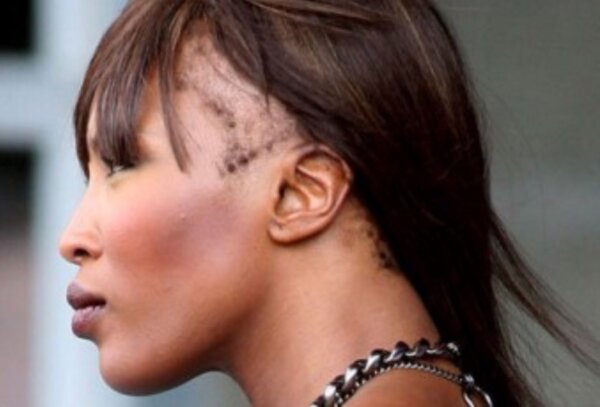

To relax is to prove one’s ability to become socially “adapted” to an environment as of now worked in depth by the Western model. […]
Juliette Sméralda

This imposed Eurocentric standard has passed to the unconscious mentality of masses and the Black community is no exception.
In order to rise the social ladder, your hair has to conform to this aesthetic diktat, independently of your capacities, preparation and achievements.
The higher classes, the famous, the artists, the athletes, the models, the politicians and business people have erased their Africanness to arise.
As early as the school years, parents have to comply in order for their children to stay in the education system and the same pattern goes to access the workforce.
This is the result of power dynamics between two communities, the legacy of White colonial domination and the consequences are still visible in today’s society. This relationship based on dominance is synonymous with the valorisation of European physical traits and features, on an impossible comparison between two different phenotypes.
The sociologist Juliette Sméralda writes:
«To relax is to prove one’s ability to become socially “adapted” to an environment as of now deeply worked in depth by the Western model. […]»
In a wider aspect of any occidental society, any potential consumer has to conform to a fixed standard of beauty, conveyed by the dictatorship of the art world and mainstream media, in the golden era of subliminal messages, to cater to a generation of screen addicts.
This overexposure to unreal perfection, starts from a very early age, even before the notion of self-esteem or the acquirement of a strong personality. This is how young girls become the perfect fantasy dolls of White patriarchy, as we know the media moguls and publicists as well as the most powerful fashion houses have been business sectors essentially owned and dominated by men.
A beautiful woman has long and smooth hair with no apparent grey or white, as she has to symbolise eternal youth to exists and be seen as attractive and it seems the longer the length the higher the social status, the type of length chosen even carries personality traits.
Now, luckily enough, we have witnessed the natural hair movement in recent years originated in the United States in the last two decades. This revolution for some, has come to counteract the White images and constructs all over mainstream media pushing for more alternative media outlets and beauty aesthetics.
It is a re-appropriation of the term “nappy” also, which was a reference to matted woolly hair dating from slavery days, to denigrate and describe African hair in its natural state with a coily texture.
In France “nappy” became synonymous with natural and happy. It was in essence to give up on the “creamy crack”, to let go of the chemical enhanced texture, to let the hair exists in its natural texture. It was about freedom, self discovery, health not politics and re-discovering, old and forgotten traditional techniques to care and style African hair.
A documentary in 2005 was released called “My Nappy Roots: A journey through Black Hairitage”.
It’s a multi-award winner and highly acclaimed document, it chronicles over 400 years of Afro hair culture and has about 200 hours of footage.
Starting from Africa, through the Atlantic slave trade going as far as the creation of the Black hair industry, we know today.
The narrative changed as a consequence, from the United States to the United Kingdom, passing through the Caribbean regions and France reaching as far as the African continent.
The concept of “Bad” hair started to shift and it was the beginning of the natural and organic era, the back to the roots sort of speak.
Transition was the way forward.
With the rising and popularity of going natural, the industry which caters for the so called “ethnic” market has lost a huge amount of customers, who are no longer willing to use any old harsh chemical on their strands.
The suppliers had to react in order to adapt while celebrities and public figures were starting to support the natural hair movement making it glamorous and acceptable at last. The fashion world with stylists and photographers made it an emerging trend pushing to the forefront more Black models rocking natural afros and more intricate hairstyles.
At the same time as Black consumers were using and trying new products by word of mouth, getting addicted to YouTube channels and tutorials, expecting real results from other naturals.
Social media had stolen part of the business to conventional mainstream media, the real hands on reviews were making a brand or a product a success or a failure.
For the first time, alternative social media formed by a diverse Black community revolutionised a billion dollar haircare industry, to tailor to its own specific needs. Creating representation for itself as well as a strong international hair culture for an increasing global market, forcing the major players to conform, adapt and redesign their branding and products, to suit the new demand for better quality.
As a result of such phenomenon, Black women natural features gained more visibility in the cosmetic market and beauty world which in turns is nurturing the self-esteem and self-acceptance of a new generation, who feels a lot more able to habit its own body and essence.
As we always going to have controversy, as far as Black women are concerned, the fashion world and conventional media with its Eurocentric aesthetic standards was quick to fall into cultural appropriation, wanting to absorb or emulate African hairstyles and Black culture without the Black body that goes with it, considered “ghetto” or unattractive while in real life Black girls and women alike, are facing in their school and work environment, in the military, discrimination because of the African hair that grows on top of their head.
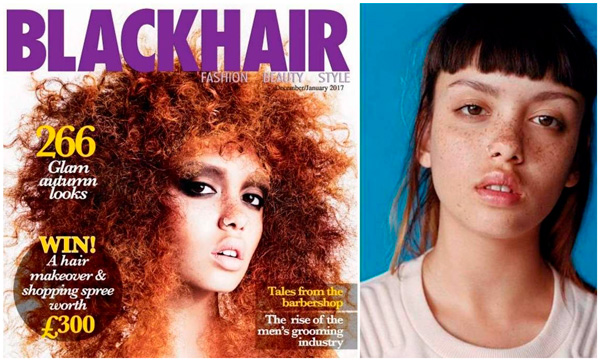

White people at large have always had a fascination for Black people’s hair, specially for Black women’s hair perceived as an exotic element, (the petting zoo dimension of touching without consent because it seems Black bodies have to be owned by someone…) this tendency to possess and appropriate without permission has transcended into art, photography, fashion and publicity.
It is wrong to embrace a cultural trend that has been stigmatized when it is portrayed by people of colour, but when it is on people who haven’t been racialized by anyone, nobody has a problem, clearly stating without the shadow of doubt that anything looks better on our White counterparts.

The big issue is, taking fragments of a culture to make a fashion statement without understanding it, taking all the credit for the novelty, even renaming something as old as monuments, not wanting to know a thing about its origin or what it stands for, because it’s about the hottest new-look, you see…
I must say at that point that Black hair is certainly not a trend, it’s an identity from which the Black community takes pride and uses to empower itself, this is about an expression of self-love.
Choosing to adopt various aspects of someone’s identity as a trend, a fashion accessory as if it was yours to take and exploit, is about imposing your dominance on other cultures and identities, it’s manifesting another form of privilege, because Blackness is rooted in African hair.
When fashion appropriates, it erases ancestral and traditional heritage, history and culture, real people for blind profit, this is another way for capitalism to absorb humanity to convert it in commodities, only under the current neo-capitalism system which was built on colonialism and slavery.
We have managed to advance in the last decades but the only way forward is to acknowledge and include people of colour, in every single medium, as long as representation is lacking and racialized bodies won’t be included under the public eye, they will stay a strange anomaly.
Blackness is not a monolith and it can’t be depicted by the White Gaze who sees only fair skin, smooth and slight curly hair, in essence a tanned version of its reflection.
To get to a normalised human status under one sun for all, the diversity that exists must be visible under the spotlights and behind scenes, this is how a high standard of professionalism will be achieved.

[…]Black hair is certainly not a trend, it’s an identity from which the Black community takes pride and uses to empower itself, this is about an expression of self-love.

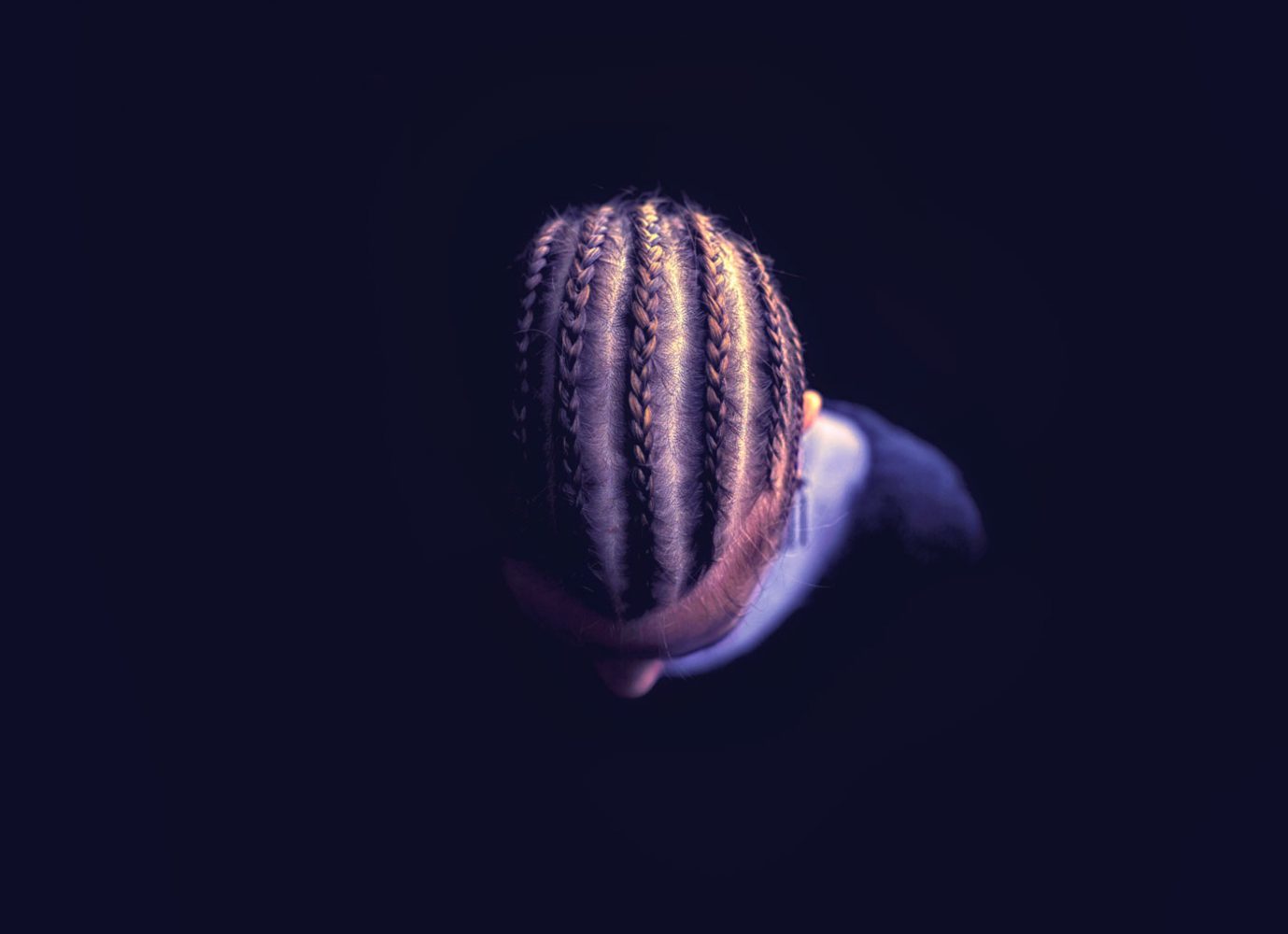
Further readings and references.
Peau noire cheveu crépu, l’histoire d’une aliénation.2005
(Black skin, nappy hair, the story of an alienation.)
Juliette Sméralda.
Du cheveu défrisé au cheveu crépu.2012
(From relaxed hair to nappy hair)
Juliette Sméralda.
My Nappy Roots: A journey through Black Hairitage.
Documentary first released in 2005
Extract:
https://m.youtube.com/watch?v=1-PScISjpks
https://www.imdb.com/title/tt0441779/
Directed by Regina Kimbell, Jay Bluemke.2010
PHOTOS